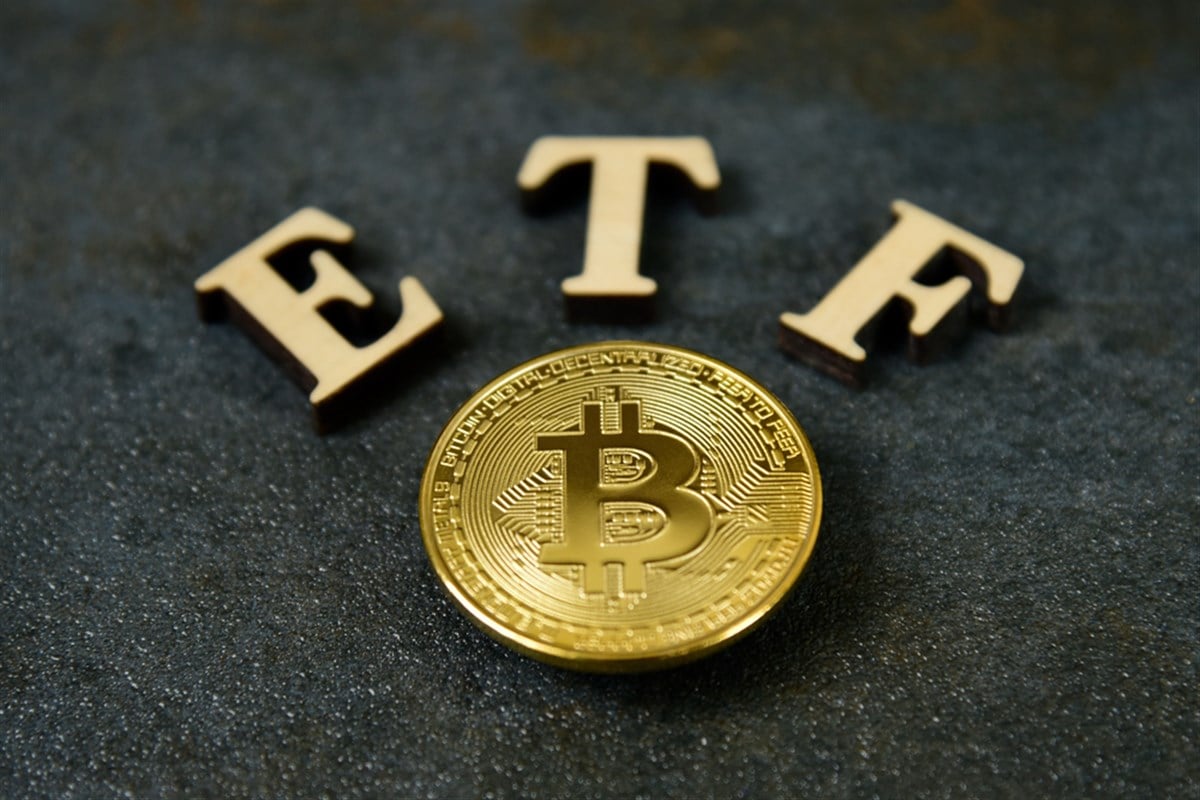
With Bitcoin rallying to its best levels in two years, ahead of the deadline for regulators to approve the first-ever Bitcoin spot exchange-traded fund, Ark fund manager Cathie Wood has been selling some crypto-related securities like Coinbase Global Inc. (NASDAQ: COIN), while buying others, such as the ProShares Bitcoin Strategy ETF (NYSEARCA: BITO).
It’s well known that Wood is a polarizing figure, especially as her actively managed ETFs, which focus on disruptive innovation in various sectors, underperform the broad market at times, but can also outperform by a wide margin.
For example, the flagship ARK Innovation ETF (NYSEARCA: ARKK) returned about 70% in 2023, rebounding from its 2022 decline of 66.97%.
Meanwhile, larger, more established technology stocks, tracked by the Technology Select Sector SPDR Fund (NYSEARCA: XLK) were up 64.67% in 2023. S&P tech stocks were down 18.17% in 2022.
Let’s look at Wood’s recent Coinbase trades, framed within the stock’s overall performance. The ARKK ETC and the ARK Next Generation Internet ETF (NYSEARCA: ARKW) have been selling off Coinbase since October.
Coinbase rallied with broad market in Q4
The Coinbase chart shows the stock posting substantial rallies along with the broad market in the fourth quarter, although it was down slightly the week ending December 29, as the Financial Select Sector SPDR Fund (NYSEARCA: XLF) advanced.
Coinbase is not tracked within the S&P 500, but it has a market capitalization of $39.33 billion, so the large-cap index is an appropriate benchmark.
Meanwhile, on December 27, the ARKW ETF bought more than 4.32 million shares of the BITO ETF, for a market value of over $90 million.
Investors believe regulators will OK a spot Bitcoin ETF in January, but are split as to the effect on Bitcoin itself.
Spot Bitcoin ETF: Buying like never before?
One scenario is that the floodgates open, and institutional traders start buying up Bitcoin like never before.
Another scenario is that the approval is already baked into Bitcoin’s price. The digital currency currency rose 61.72% in the past three months, with that rally accelerating in mid-October as optimism about a spot ETF grew.
That could mean some profit-taking on news of an ETF approval. Investors may see cryptocurrency stocks, as well, trade lower at the same time.
In fact, that’s precisely Wood’s philosophy. In a December interview with Yahoo Finance, Wood said she views a spot Bitcoin ETF approval as a “sell the news” event. However, she added that her long-term view was more bullish.
Outperforming Nasdaq 100
There’s no question that Bitcoin has outperformed growth equities. On a 10-year basis, the Invesco QQQ (NASDAQ: QQQ) has returned a not-so-shabby 365.58%, but that’s dwarfed by Bitcoin’s return of 5,185.30%.
On a one-year basis, the QQQ ETF, which tracks the Nasdaq 100, is up 51.69%, while Bitcoin returned 168.98%.
The odds of a spot Bitcoin ETF have been growing since August, when a federal court issued a ruling favorable toward Grayscale Investments. The asset manager said the Securities and Exchange Commission acted arbitrarily in nixing Grayscale’s plan to convert the Grayscale Bitcoin Trust (OTCMKTS: GBTC) into an ETF.
U.S. regulators have already given the nod to ETFs tracking Bitcoin futures. For example, the BITO ETF launched in October 2021. It had a rough first couple of years, along with the underlying digital asset, but rebounded in 2023.
Spot ETF invests in underlying digital currency
However, a spot Bitcoin ETF would invest directly in the digital currency itself. Retail investors without a great deal of knowledge about Bitcoin would likely be interested in an ETF, rather than attempting to invest directly themselves. The same would be true for institutions and asset managers with a focus on stocks, bonds and commodities.
Another 2024 event with the potential to send Bitcoin higher is halving. That’s an expected occurrence every four years or so, designed to limit Bitcoin’s supply and mitigate price inflation. It occurs once an additional 210,000 blocks are mined. The intention is to imitate the scarcity of precious metals in the real world.
Halving refers to the rewards Bitcoin miners receive as incentives for validating transactions and adding them to the blockchain. Halving, as the name implies, reduces those rewards.
The next halving should happen sometime in April 2024. Bitcoin halving reduces new supply, which in turn increases scarcity. Historically, Bitcoin halving results in upward price movements due to greater demand.




